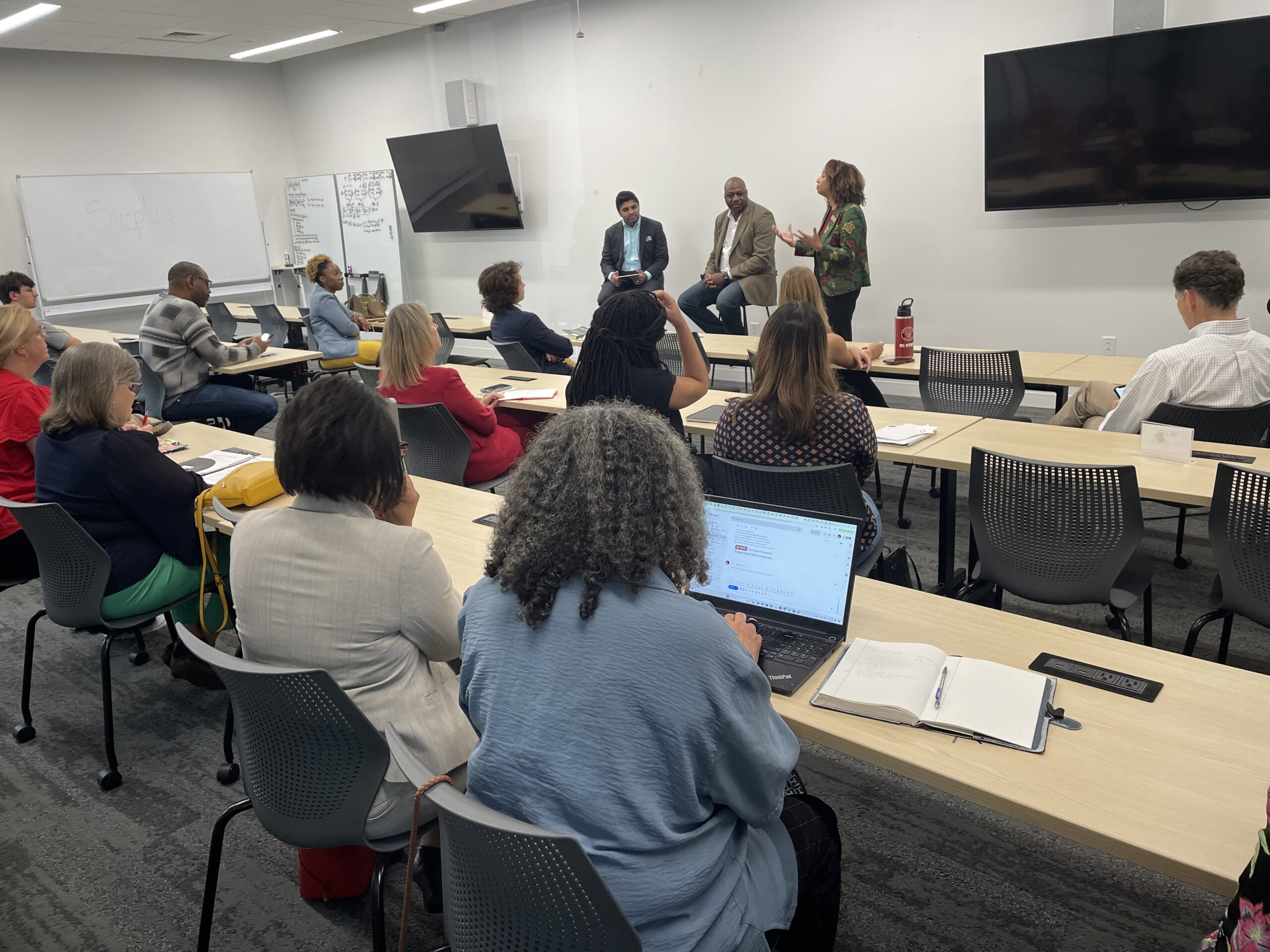EXPLORING CLIMATE RESILIENCE FOR THE CAROLINAS

Photo: betancourt/Creative Commons
As anyone who has survived a hurricane knows, weather is a source of considerable risk. And given that weather is governed by climate, scientists’ warnings of dramatic climate change should usher in, at the very least, a notion of uncertainty for communities and businesses alike.
North Carolina businesses are starting to get it. Uncertainty, from a business perspective, is an uncomfortable notion. From physical risks like a changing hydrological cycle and sea level rise, to reputational risks, it’s looking like an increasingly tangible reality. Businesses, communities, society, agriculture, and policy makers need to understand the climate, what a changing climate means, and develop ways of moving forward, mitigating against risks and capitalizing on the opportunities that our changing climate represents.
Innovation is crucial. For example, given the fact that the availability of fresh water will be impacted by climate change, North Carolina’s textile industry might develop stakeholder engagement strategies to secure water. Resilience has to be a central goal.
But what does climate resilience look like, why should we care and how can we build it into our businesses, farms, communities and policies?That will be the topic of an upcoming conference in the Spring of 2014 in Charlotte. The Carolinas Climate Resilience Conference “seeks to assist by providing a platform to share experience and knowledge of opportunities, tools, resources, local initiatives, and expertise.”
Carolina Climate Resilience Conference:
April 28-29, 2014
Hilton Charlotte University Place
Learn more, join the update email list, checkout the program of events, and submit abstracts here.
The conference is hosted by the Carolinas Integrated Sciences & Assessments (CISA), and a strong steering committee of regional partners.
The CISA is based at the University of South Carolina and works with stakeholders and decision makers on improving their adaptation to drought, linking climate variability to watershed/landuse planning, coastal adaptation planning, and characterizing climate vulnerability in the region.
- Categories:


